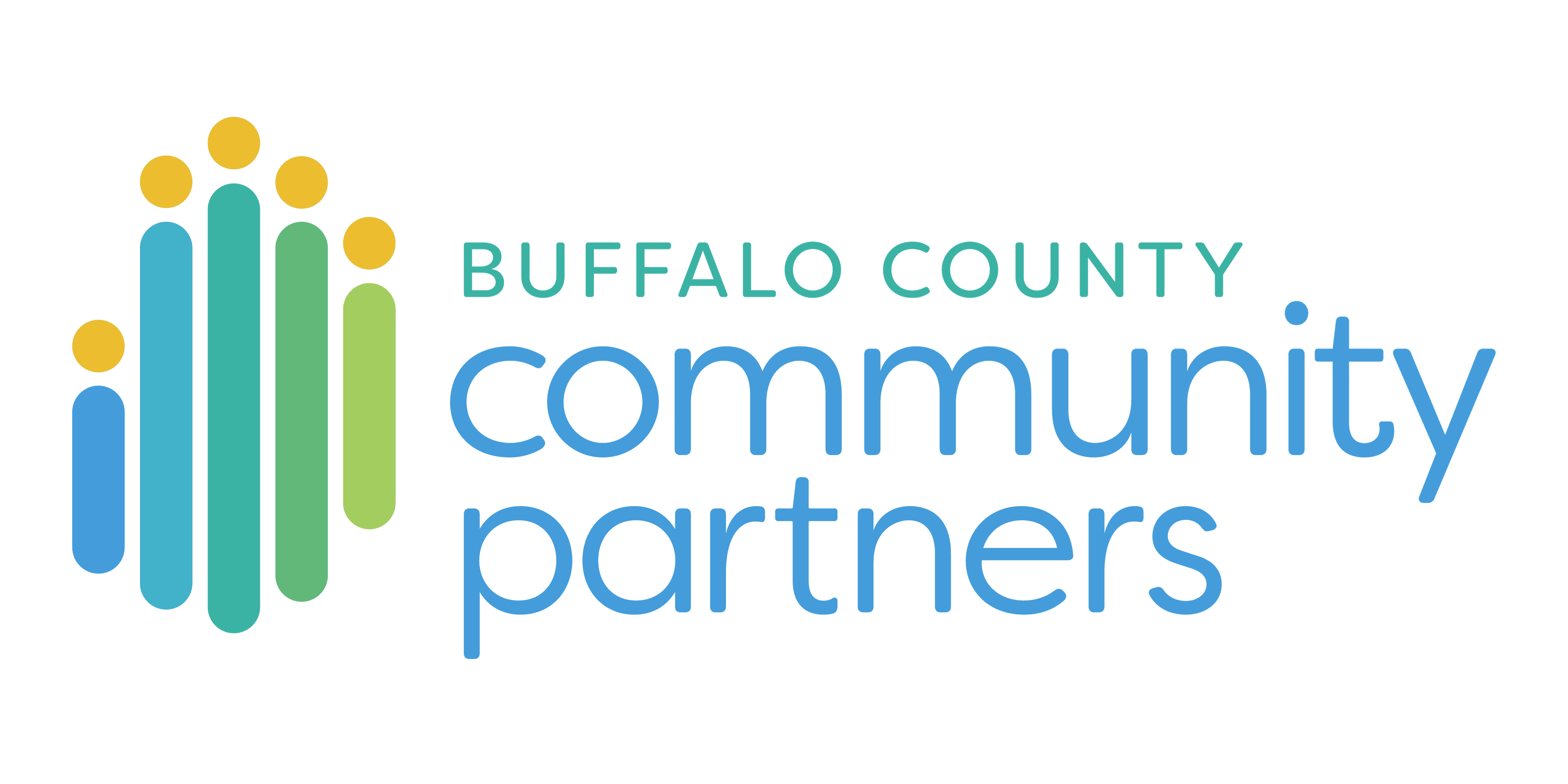
The underserved populations in Nebraska receive less than adequate health care, are more likely to postpone care, or have high incidence of premature death; members of this population are not limited by ethnicity, refugee status, rural or urban location, homelessness, or age. The Joint Center for Political and Economic Studies reported health inequities among African Americans, Hispanics, and Asian Americans cost more than $230 billion over a period of three years in direct costs and $1.24 trillion in indirect costs between 2003 and 2006. There exists a social injustice that is inhumane and an economic burden to the public with respect to the health inequity that persist for the underserved populations. Despite advances in medicine, social determinates continues to play a significant role in health outcomes.i
The World Health Organization and the American Public Health Association recognize and recommend the workforce of Community Health Workers (CHW) as part of the solution to help reduce health disparities of underserved populations and reduce cost to public and private economies. ii, iii Nebraska needs to define and establish standardizations for CHWs by adopting core competencies and a scope of practice that would provide eligibility for state certification and reimbursement of private and public payers for services.
Nebraska should adopt the following recommendations:
1. Nebraska needs to adopt the American Public Health Association’s (APHA) definition of Community Health Workers as an umbrella job classification for the varied job descriptions already being used throughout the state of Nebraska).
2. Nebraska needs to adopt a certification training program for Community Health Workers, which includes standardized core competencies and a scope of practice based upon consistent themes found in national research.
3. Nebraska needs to adopt a standardized payer system which incorporates Community Health Workers into the Center for Medicare/Medicaid Services (CMS) and commercial payers. The Community Health Worker should be included as a part of the integrated health care team to help reduce the cost of health care and improve health outcomes.
Downloads:
- Communication Flyer
- Four-Page Policy with Sources
- One-Page Policy with Sources
- Community Health Worker Policy PowerPoint
Research and Sources:
i Frieden, T. (2010). A framework for public health action: The heath impact pyramid. American Journal of Public Health, 100(4).*
ii CSDH (2008). Closing the gap in a generation: Health equality through action on the social determinants of health. Final Report on the Commission on Social Determinants of Health. Geneva, World Health Organization.
iii Support for community health workers to increase health access and to reduce health inequities. (2009, 11 10).
iv LaVeist, T. A., Gaskin, D. J., & Richard, P. (2009). The economic burden of healthy inequalities in the United States.
v (2009). Rural health care: Innovations in policy and practice.Grant Makers in Health Issue Briefs, (34).
vi Community health workers. (n.d.).
vii United States Department of Labor, Bureau of Labor Statistics. (2010). Community health workers(21-1094).
viii Eng H.J., Hernandez-Martinez A.C., Dorian J. (2011). Four U.S. border states’ community health workers training needs assessment.
ix Chaumont, V. M. Nebraska Department of Health and Human Services, Division of Medicaid and Long-Term Care. (2012). Nebraska medicaid annual report.
x Ingram M., Reinschmidt, K.M., Schachter, K.A., Davidson, C.L., Sabo, S.J., Guernsey de Zapien, J., Carvajal, S.C. Establishing a professional profile of community health workers: Results from a national study of roles. Journal of community health 2001.
xi Grossman, E., Sterkx, C., Blount, E., & Volberding, E. U.S. House of Representatives, Office of the Legislative Counsel. (2010). Compilation of patient protection and affordable care act. Sec. 399V [42 U.S.C. 280G-11].
xii Improving health outcomes for culturally diverse populations in Nebraska.
Schaefer, J., Miller, J., & Drake, R. Nebraska Department of Health and Human Services, (2006). Minority behavioral risk factor surveilance survey.
xiv Johnson D., Saavedra P., Sun E., Stageman., Grovet D., Alfero C., Maynes C., Skipper B., Powell W., Kaufman A. Community health workers and medicaid managed care In New Mexico. Journal Community Health (2012) 37:563-571.*
xv Felix, H., Mays, G., Stewart, K., Cottoms, N., Olson, M. The care span: Medicaid savings resulted when community health workers matched those with needs to home and community care. Health Affairs. July 2011 30:7.*
xvi (2010). Community health workers in Minnesota: Bridging barriers, expanding access, improving health.
xvii Rush, C. Return on investment from employment of community health workers. Journal of Ambulatory Care Management. Vol.35, No. 2. pp. 133-137.*
*Abstract only. Full document available with subscription.
Click here to view additional research sources.
Buffalo County Policy Team:
Terry Krohn, Director, Two Rivers Public Health Department
Jessie Perez, Health HUB Coordinator, Buffalo County Community Partners
Dr. Kenton Shaffer, Physician, Kearney Clinic, P.C.
Ann Tvrdik, Continuous Quality Improvement (CQI) Manager, Region 3 Behavioral Health Services
Julie Weir, Health Services Director, Community Action Partnership of Mid-Nebraska
Crystal Winfield, Executive Director, Sentinel Health Care
Denise Zwiener, Executive Director, Buffalo County Community Partners
Good Samaritan Hospital
We would like to thank every individual and organization who has helped develop the Community Health Worker Policy. Thank you!

Follow us on social media to stay up to date with our latest news and events!
© 2019 Buffalo County Community Partners | All rights reserved | Powered by Heartland Hosting, LLC | BCUse
